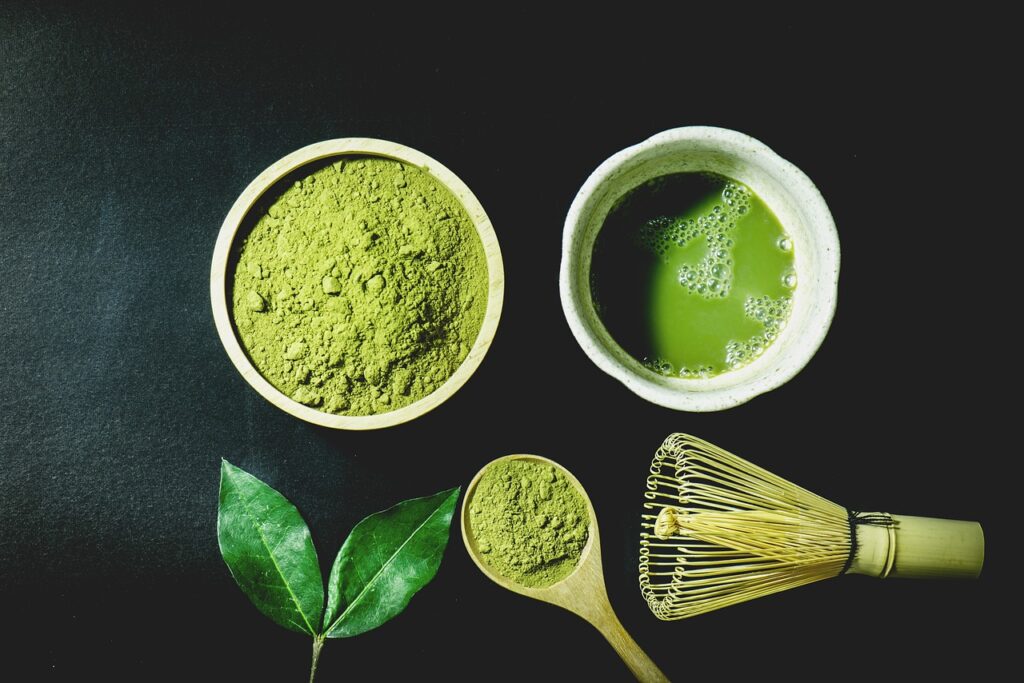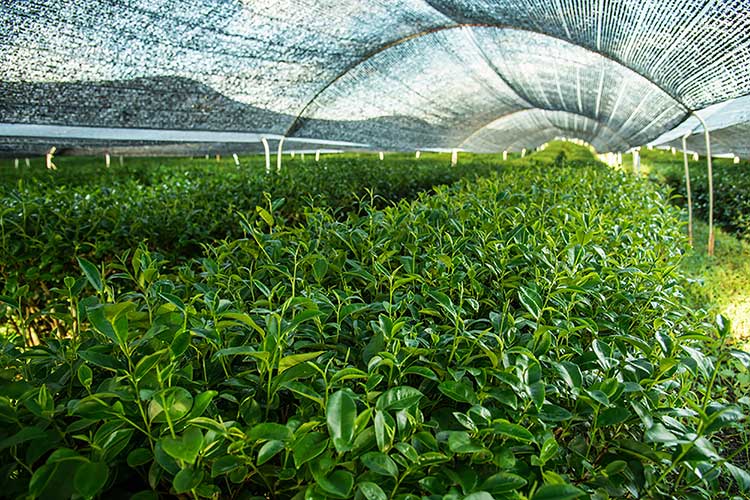Matcha Tea Leaf: 7 Things Everyone Should Know

Matcha tea leaf, with its rich history, cultural significance, and unique cultivation and processing methods, stands out in the world of tea. This unique beverage, emerging from the lush fields of East Asia, is not just a drink but a cultural icon, symbolizing harmony, respect, and a deep connection with nature
1. The Origins and History of Matcha Tea Leaf
Green tea originated from the Tang Dynasty (618–907 AD), during which the practice of steaming and storing green tea in bricks flourished. However, this craftsmanship changed during the Song Dynasty (960-1279 AD) when the practice of grinding dried tea leaves and whisking them in hot water began to develop.
However, the growing and manufacturing of Matcha tea in Japan was first popularized by Buddhist monks around the 12th century. It is folklore that the Buddhist monks used matcha tea to stay awake and alert during long meditation sessions. Over time, matcha green tea became so popular that Japanese culture adopted it for many cultural ceremonies.
2. Soil, Temperature, and Weather Requirements for Growing Matcha Green Tea
Matcha tea is derived from the Camellia sinensis plant that requires nutrient-rich, well-draining soil and misty environments. The Temperature should be balanced. Warm, sunny days and cooler temperatures is crucial for its growth.
Regions in Japan, like Uji in Kyoto, Nishio in Aichi, and parts of Shizuoka and Kyushu, provide these optimal conditions and are renowned for their matcha production.
3. Special Technique of Matcha Growing and Manufacture
The cultivation and processing of matcha are meticulous and labour-intensive, involving several unique steps:

- About 20-30 days before harvest, the tea bushes are covered to protect them from direct sunlight. This increases chlorophyll levels and boosts amino acid content, giving matcha its distinct rich flavor and vibrant green color.
- Only the youngest and finest tea leaves are hand-picked. The leaves are steamed to halt fermentation, dried, and then meticulously de-veined and de-stemmed.
- The processed leaves are ground into a fine powder using stone mills, preserving the delicate flavor and texture of the tea.
4. Cultural Celebration with Matcha Tea
Matcha tea holds a special place in the cultural ceremonies of East Asia, particularly in Japan, China, and Korea. In Japan, the Japanese Tea Ceremony, called Chanoyu or Sado, are celebrated with Matcha Tea preparation.
Matcha is often served during the Japanese New Year to symbolise health and longevity. There is also a Hina Matsuri (Doll’s Festival) in which Matcha is prepared and enjoyed, celebrating young girls’ growth and happiness.
In China and Korea, traditional festivals that include match tea are also offered to each other.
5. Highest-Producing Countries of Matcha Tea
While Japan is the heartland of matcha tea, several other countries have begun producing it, though none match the scale and quality of Japanese matcha. The top countries involved in matcha production are:
- Japan: Particularly regions like Uji, Nishio, Shizuoka, and Kyushu.
- China: Some regions in China produce matcha-style teas.
- South Korea: Known for its quality green teas, it also produces matcha.
- Taiwan: Expanding its tea production to include matcha.
- United States: Small-scale, niche matcha tea production, especially in Hawaii and the Pacific Northwest.
6. Top Exporting and Importing Countries for Matcha Tea
The global matcha market is dynamic, with Japan as the primary exporter. The top five exporting countries are:
- Japan: Dominates the global matcha export market.
- China: Exports matcha-style teas.
- Taiwan: A growing exporter of matcha and green teas.
- South Korea: Exports its matcha to meet global demand.
- United States: Exports domestically produced matcha.
The top importing countries reflect the growing global demand for matcha, driven by its health benefits and culinary versatility:
- United States: The largest importer
- Canada
- European Countries: Germany, France, and the United Kingdom are major importers.
- Australia
- China: Imports high-quality matcha from Japan for its premium market.
Proven Health Benefits of Match Green Tea
Green tea shots are already a rage among health-conscious people. Matcha tea is on the top of drinks or shots for its health benefits. Rich in antioxidants, particularly catechins, it helps combat cell damage and reduce inflammation. Its moderate caffeine content boosts energy and concentration without the jitteriness of coffee. Matcha also contains L-theanine, an amino acid that promotes relaxation and stress reduction while enhancing alertness.
Video: What is Matcha Tea?
✓ Expert Reviewed: This content has been reviewed by qualified professionals in the field.
Last Updated: December 20, 2023
Disclaimer: Content is for informational purposes only. Professional advice should be sought for specific situations.
Editorial Standards: The Tea Research Team at matchatealeaf.com unites premium tea industry professionals with advanced AI research tools to create deeply informed, engaging content on matcha, green tea, and black tea. Drawing from years of firsthand experience and global industry insight, the team blends tradition with technology, ensuring every article is accurate, inspiring, and rooted in genuine expertise—making us a trusted source for tea lovers worldwide. All content follows strict editorial guidelines with fact-checking and expert review processes. Read more about Tea Research Team